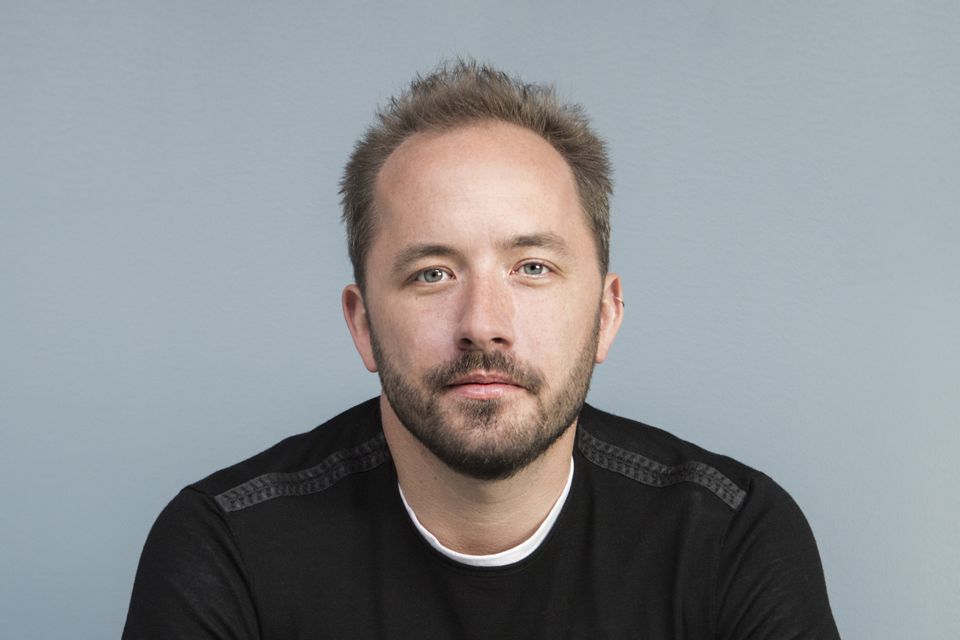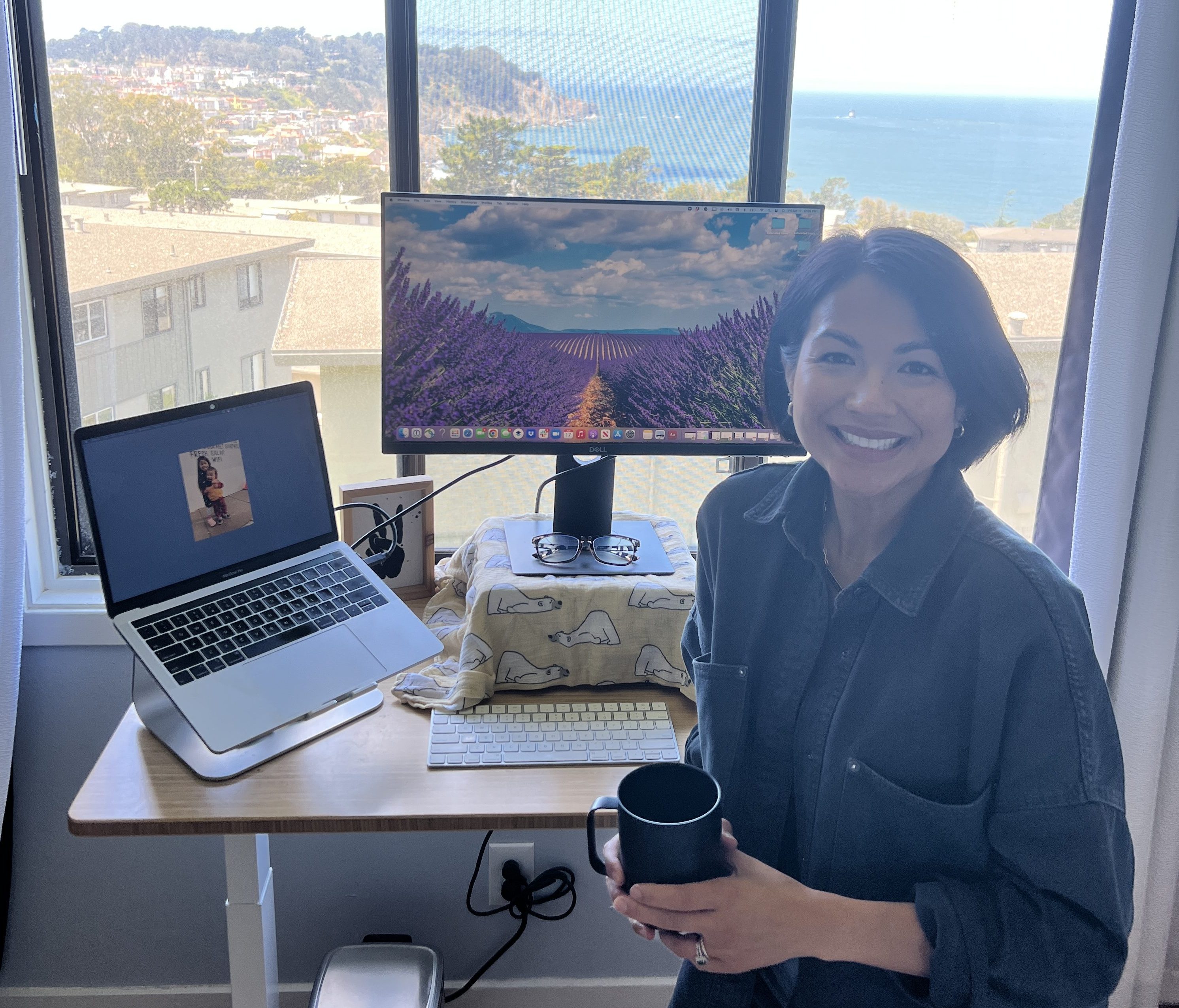When Dropbox employees showed up at the office before the pandemic, they felt spoiled.
At the company's San Francisco headquarters, an award-winning cafeteria served breakfast, lunch, and dinner, and employees were offered complimentary international cuisine of the day. There was a state-of-the-art gym with two Peloton bikes, a yoga studio, a meditation room, and an honest library with comfy chairs.
That was then. This is now: no gym. There is no yoga studio or meditation room. The lavish cafeteria has given way to a coffee shop offering complimentary coffee, tea, pastries, and lunch items to go. The company eliminated its employees' personal desk space and subleased most of his space in his 700,000-square-foot office in downtown San Francisco.
Here are the most important changes to Dropbox: For nearly 2,700 employees, the office is no longer their everyday workplace. Under a new program called Virtual First, which launched in April 2021, Dropbox employees will work virtually at least 90% of the time, in specially redesigned spaces for group brainstorming sessions. , are expected to come to the office only for occasional group gatherings. Special educational meetings, happy hours and other fun activities.
Dropbox CEO Drew Houston told his TIME: “I have always believed that companies that offer flexibility outperform, attract and retain better than those that do not.”

Dropbox CEO Drew Houston
Courtesy Dropbox
Working virtually is not just an option. The management of his Dropbox, a cloud computing company, says this is the way forward. That means most of the Dropbox employees who want to live away from the expensive San Francisco Bay area can transfer and keep their jobs. Each employee is eligible for a $7,000 annual work-at-home allowance that can cover everything from childcare to gym memberships to sleek new ergonomic desks and chairs. It also means that a set of specific criteria must be met before any gathering can be scheduled. On top of that, the employee is given about half of each work day to focus on her Dropbox work projects and personal needs like seeing her child.
In a wake-up call to all employers post-pandemic, Dropbox has changed the notion that employer-controlled workspaces are the primary place work needs to be done. However, in January 2021 he announced that Dropbox would cut his global workforce by 11%. Houston calls it his toughest decision to date as CEO.
Apple, Microsoft, Spotify, Slack, LinkedIn and many other companies (many in the tech industry) have also adopted virtual or hybrid work plans. Nearly half (48%) of U.S. tech workers are now working remotely full-time, compared to 22% before the pandemic hit, according to research firm Morning Consult. Of those, about 56% are not interested in returning to the office.
Joanna Piacenza, head of industry intelligence at Morning Consult, said, "The pandemic has really pushed the reset button on workers' place preferences." must listen to their employees.”
Read More: Ask employers if they can work remotely permanently. HOW TO ASK
Outside the tech industry, workers' interest in telecommuting is declining, but numbers are increasing. According to a survey by global design firm Gensler, just 12% of general workers said they would prefer to work from home full-time during the 2020 pandemic. But that number has since jumped to 30%, according to a survey the company conducted at the end of 2021.
"Each company and each employee should think about what is right for them," says Principal Todd Her Heisser. Manager-Director of Gensler. Most U.S. employers are now in hybrid mode, asking employees to be in the office three days a week, or about 60% of the time, according to Gensler's research.
The unwritten rule that once you had to rest your butt firmly on your office chair is out the window. The new rules may feel, taste, and smell like no rules to most employees. That has forced companies like Dropbox to create some new basic guidelines. Face-to-face interactions, which Houston considers important, now happen only occasionally, at his newly designed Dropbox Studios, a state-of-the-art gathering place. Houston also plans to further increase his meeting opportunities offsite.
"We try to get the best of both worlds," says Houston. "We give teams the flexibility to work from anywhere without being tied to an office."
Dropbox's new virtual office allows teams to communicate regularly at the same time each day. Additional planning was required, including how to make it possible. That's why Dropbox has "core collaboration hours." This requires each team member to be in front of a computer and blocked for four hours each day to communicate with all other team members. (Usually 9am to 1pm Pacific Time and 12pm to 4pm Eastern Time). That's also when virtual group meetings are held. The remaining four hours of his time are spent working on personal projects and sometimes attending to personal needs.
Virtual work also requires creative ways to encourage in-person employee interactions. Especially when meeting with other Dropbox employees of hers who aren't on the team. So the company created his Dropbox Neighborhood to provide positive incentives for employees to come together. For example, when CEO Houston was visiting New York City in late spring, he hosted a happy hour for New York City employees on the rooftop deck of a fine dining restaurant in New York City. There he gathered more than 100 employees. first time.
So far, most employees seem happy with this change. Even if it means losing all your free meals and yoga classes. A whopping 88% of his Dropbox employees prefer the flexibility of remote work, according to a 2020 employee survey. A recent survey conducted in the second quarter of 2022 found that more than three of his four of his employees felt virtual-first gave him a better work-life balance, with 78 10% said working virtually made them more productive. What many of his Dropbox employees seem to love most about Virtual First is not only that they almost never have to travel to the office, but that they can now live wherever they want.
Beauty Nazaro, a producer on the Dropbox brand studio team, says it's almost impossible to imagine working full-time in an office again. Thanks to her new virtual girlfriend policy, she recently moved from San Francisco to San Her Rafael, the county seat of Marin County, California. She and her husband purchased a larger home to take the stress out of their daily commute and accommodate their growing family. (I have a 5 year old and her 2 year old daughter.)

Beauty Nazaro has relocated and was able to continue working remotely.
Courtesy of Dropbox
On Tuesdays, Nazaro typically leaves the office at 4:30 to take her eldest daughter Naya to the ballet class. I will take you to class. It's hard to do that from the office. She recently used her Virtual First benefit from the company to purchase a new stand-up her desk and a lavender diffuser to create a calming space around her new desk. It would have been difficult to pull it off in the office. And she loves the monthly "wellness" days that are part of the new virtual policy, where the entire company closes on one Monday or her one Friday of the month.
But she misses a few things about going to her job. For example, a Wednesday afternoon break when Dropbox employees enjoy freshly baked cookies and take time to relax. "Connecting with people gives me energy, but in a virtual environment it's harder."
Instilling employee loyalty
Few fans are more enthusiastic than Melanie Collins, the company's recently-returned chief people officer from . Thanks to the new policy, Ms. Collins, her husband, and their new baby moved from San Francisco to an affordable home in Rye, New York, to live closer to their family. She is currently the only Dropbox senior her executive living outside of California. “I have never felt more loyal to a company in my life,” she says.
Previously, Dropbox only paid for employee relocations if the company specifically requested that the employee be relocated. That rule is out the window. Now, employees can choose to move wherever they want, and Dropbox typically covers at least some of the travel costs, depending on the cost of living in the region they're moving to, Collins said. .
Maybe that's why the number of applicants per Dropbox job posting has nearly doubled since his pre-Virtual First. It also explains why Dropbox has a 126% increase in job hiring rates compared to pre-Virtual First. About 90% of job seekers say Virtual First is the reason he was drawn to Dropbox, he says.
"Dropbox changed my life," he says Collins. "I was able to move closer to my family and get an executive position that wasn't tied to where the company was headquartered."
Who needs a free lunch, a fancy gym, and a yoga studio. At least at Dropbox, what most employees really want is the freedom to live and work when and where they want. Some still miss Wednesday for freshly baked cookies.
Contact Us letters@time. com


